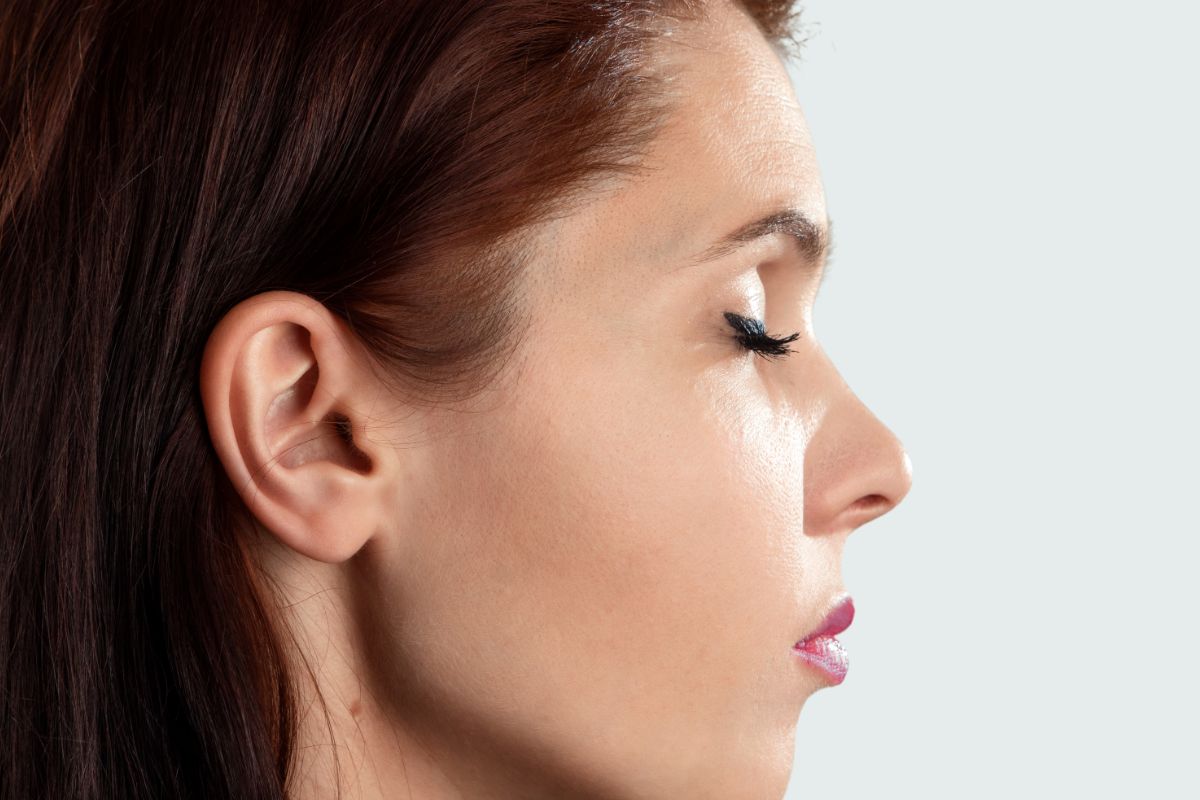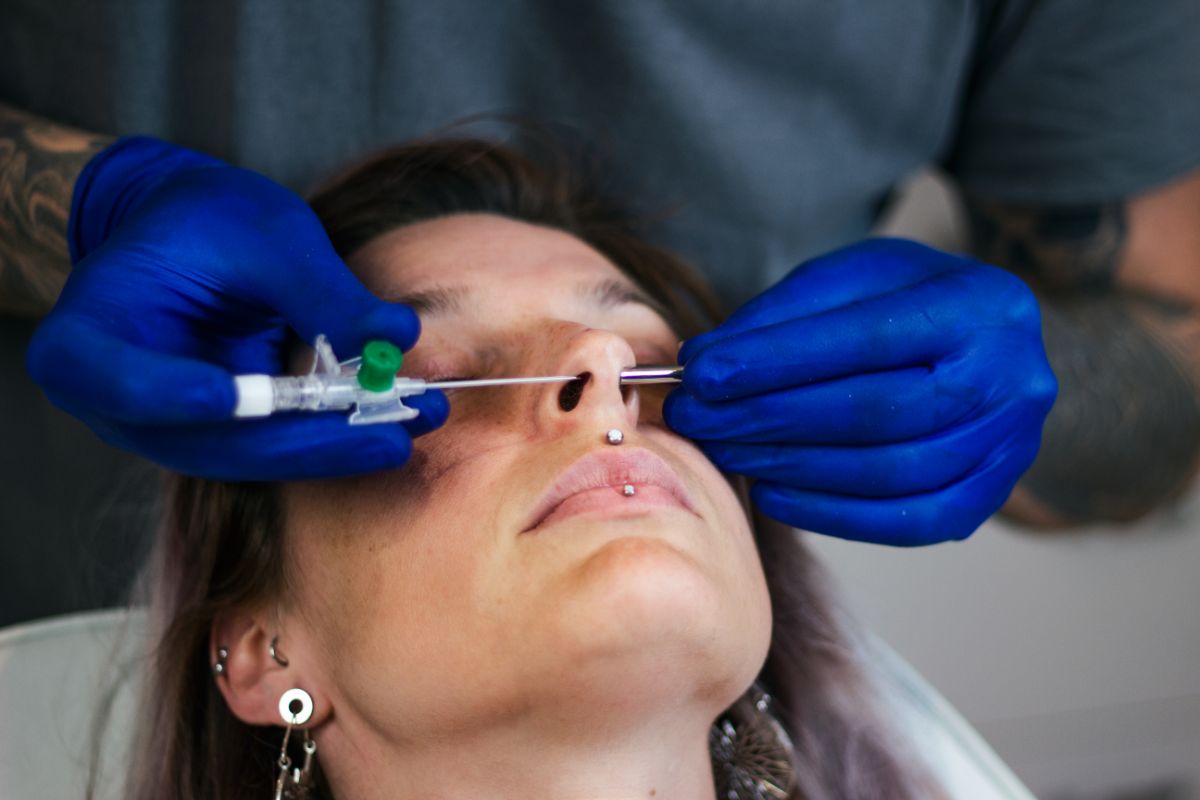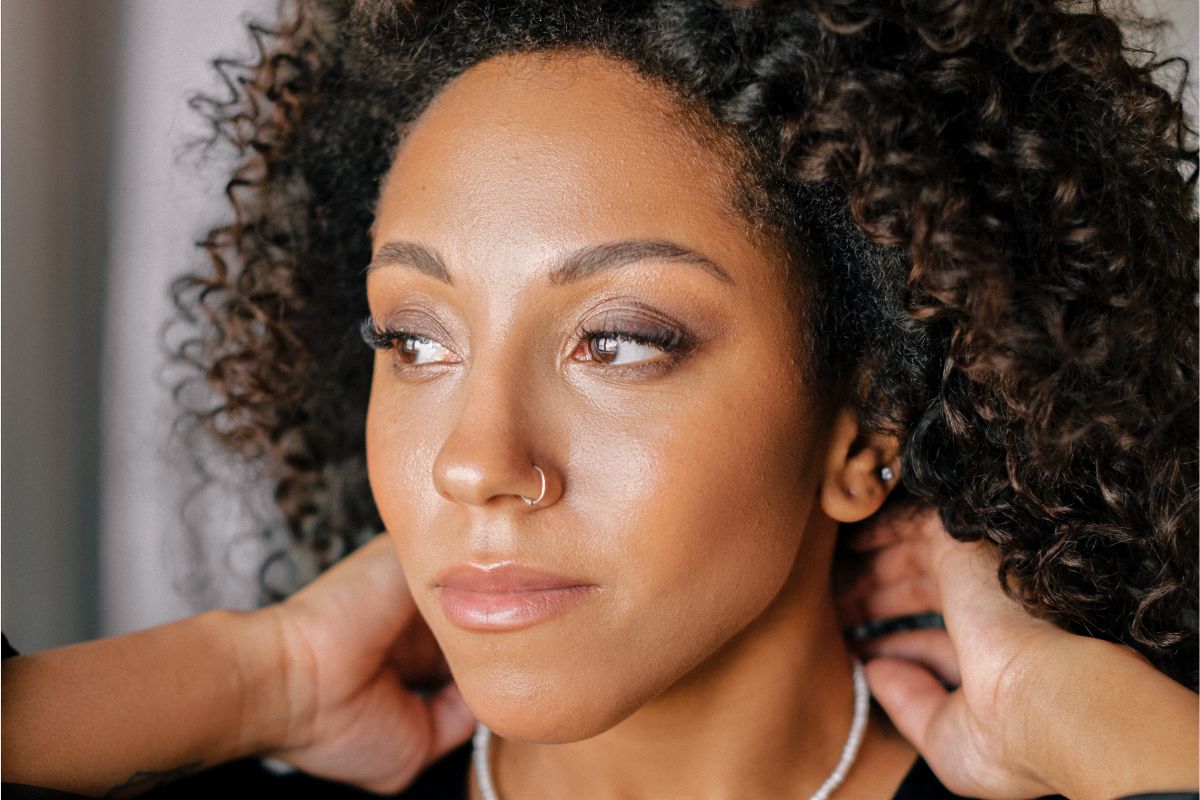If you notice a lump in your earlobe, this is usually the result of a benign cyst. Generally, these types of cysts can go away on their own, however, if you experience other symptoms, you may need medical attention.
There are two methods to remove an earlobe cyst. The best way to eliminate a lump in your earlobe is to cut a small incision in the ear following local anesthesia.
Likewise, a doctor can also cut and drain the cyst, too.
With this in mind, this article will explore everything you need to know about removing a lump in your earlobe, how to identify one, and how they are formed.
Let’s get started.
What Is A Cyst?
Cysts are pockets of tissue or skin that contain fluid or air (generally this is a thick, white substance known as keratin.
Sometimes skin cells have the ability to grow or multiply as opposed to shedding, pushing further into the epidermis, and creating the wall of a cyst on the skin’s top layer.
Likewise, they can also appear on the top of hair follicles if the outer layer is injured or irritated. These can also be referred to as epidermal inclusion cysts, or epidermoid cysts.
Generally, epidermoid cysts affect men more than women, however, anyone regardless of age or gender can develop cysts.
That said, there are a few different factors that can influence the growth and development of epidermoid cysts. We have outlined these below.
- Age – During infancy, cysts are extremely uncommon. Therefore, once you’re over the age of puberty, the chances of developing a cyst are more common.
- Genetics – Some genetic conditions and syndromes can increase the chances of cysts, including Gardner syndrome, which causes polyps and tumors to form around the colon.
- Acne – If you have a history of acne, this can increase your risk of developing cysts as your skin is already prone to developing fluid or lumps.
- Injury – Some skin injuries can cause a negative skin reaction in the cells – making them bury deep into the skin and form a cyst.
How To Identify An Earlobe Cyst?
Earlobe cysts are lumps containing dead skin cells. They look similar to a blemish, featuring small, smooth bumps beneath the skin.
Likewise, they can vary in color, too. This ranges from matching your skin color to red.
Generally, they aren’t larger than a small pea. That said, you should always keep an eye on them in case they change in size.
In most cases, these are benign and won’t cause any further problems, besides being a small distraction or a minor cosmetic issue. For instance, you may feel your headphones rubbing against it.
There are a few other places you may find a cyst, too. These include:
- Behind your ear.
- inside your ear canal.
- In your ear.
If you were to damage the cyst, it would leak a liquid known as keratin – similar in texture to toothpaste.
What Is A Piercing Bump?

Sometimes, you’ll notice these lumps around your ear piercing, too. Generally, this is the result of friction surrounding the earring and will generally resolve on its own.
However, in more serious cases, it can be the result of an infection. That said, these aren’t generally a cause for concern.
Only in rare cases will it turn into a more serious issue. Therefore, it is best to use your own judgment when deliberating the next steps for you and your piercing.
What Causes Piercing Bumps?
- Improper aftercare – When you get a new piercing, it is important to take the proper steps to clean and sanitize your piercing at least twice a day to avoid infection. If you fail to do this, you could end up with a piercing lump.
- Poor personal hygiene – If you notice a lump around your piercing once it has fully healed, this could be the result of poor hygiene. This involves touching and playing with your piercing with unwashed hands. To protect yourself, you should implement a solid hygiene routine.
- Unprofessional piercing – If your new piercing was performed by someone who isn’t a professional, a lump could form. Therefore, always make sure you’re going to a reputable shop with a licensed piercer – this saves you trouble in the long run.
- Too close to another piercing – If your piercing is placed near another piercing, this could result in a bump. While some piercers allow this piercing, you should be wary of the consequences.
- Piercing solution – Sometimes the type of solution you’re using to clean your piercing can cause a bump.
- Metal – If you have sensitive skin, sometimes the problem can be the metal itself. For instance, if you’re allergic, your body will recognize this as a foreign object and will fight to remove it. Not only will this cause a bump but could end in rejection, too.
When To See A Professional About An Earlobe Cyst?
Typically, a benign cyst will go away on its own without requiring any form of treatment. That said, you should keep an eye on your cyst and if you notice any changes, you may want to seek medical attention.
Below, we have outlined some different reasons why you might want to visit a doctor.
These include:
- Discomfort or pain.
- Growth in size.
- Changes in color.
- Impacts your hearing.
Final Thoughts
Oftentimes, a benign earlobe cyst will go away on its own, that said, the length of time that takes can vary depending on a range of different factors between person and person.
Sometimes they can be healed with treatment, however, if it doesn’t, you should seek medical attention.
Generally speaking, they can cause no harm, apart from slight discomfort.
Hopefully, this guide has informed you on everything you need to know about lumps in the earlobe and how to get rid of them.





